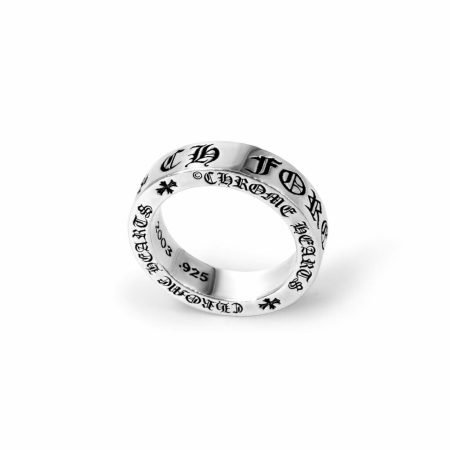Anxiety can be an overwhelming and isolating experience, especially when it manifests as panic attacks. During a panic episode, the mind races, the heart pounds, and a sense of impending doom takes over. While panic attacks can feel all-consuming, having a structured anxiety care plan can help individuals regain control, reduce the intensity of episodes, and work toward long-term peace of mind.
A well-organized anxiety care plan helps individuals break the cycle of panic and anxiety. It provides tools for immediate relief, strategies for managing anxiety over time, and the support necessary to find lasting emotional balance. Let’s explore how to structure a care plan that guides you from panic to peace.
Recognizing the Signs of Panic
Before diving into creating a care plan, it’s important to understand what happens during a panic attack. Panic attacks typically involve intense physical and psychological symptoms, including:
-
Rapid heartbeat or palpitations
-
Shortness of breath
-
Dizziness or lightheadedness
-
A feeling of choking
-
Chest pain
-
Nausea
-
Feelings of detachment from reality
-
A fear of losing control or dying
Recognizing these signs early is key to managing them effectively. An anxiety care plan helps you develop the skills needed to handle these symptoms and return to a place of calm.
Step 1: Immediate Coping Strategies for Panic Attacks
Anxiety care plans should first and foremost include immediate coping strategies to manage panic attacks as they happen. These strategies aim to calm the body and mind, reducing the intensity of the symptoms and preventing the panic from escalating.
Breathing Exercises
The first and most effective coping technique is deep breathing. When panic sets in, breathing becomes shallow, contributing to the physical sensations of anxiety. Deep breathing exercises, such as diaphragmatic breathing, can help calm the nervous system and regulate heart rate. The 4-7-8 technique, where you inhale for 4 seconds, hold your breath for 7 seconds, and exhale for 8 seconds, is particularly helpful.
Grounding Techniques
Grounding techniques help you stay connected to the present moment, breaking the cycle of spiraling thoughts that often accompany panic. One effective grounding method is the “5-4-3-2-1” technique, which involves focusing on your senses:
-
5 things you can see
-
4 things you can touch
-
3 things you can hear
-
2 things you can smell
-
1 thing you can taste
These sensory exercises redirect your attention from anxiety and help bring you back to reality.
Progressive Muscle Relaxation
Progressive muscle relaxation involves tensing and then relaxing different muscle groups in the body. This practice reduces muscle tension that often accompanies anxiety and can be particularly helpful during or after a panic attack. Focusing on physical relaxation also aids in calming the mind.
Step 2: Long-Term Anxiety Management Strategies
While immediate coping techniques are essential for managing panic attacks in the moment, long-term strategies are necessary to reduce the frequency and intensity of these episodes. Incorporating daily habits and practices into your anxiety care plan can significantly improve your mental health over time.
Regular Exercise
Physical activity is one of the best ways to reduce anxiety. Exercise helps release endorphins, the body’s natural mood boosters, and it reduces cortisol, a hormone related to stress. Including regular exercise in your daily routine, whether it’s walking, yoga, or strength training, can help keep anxiety at bay.
Mindfulness and Meditation
Mindfulness practices and meditation techniques can reduce general anxiety and prevent panic attacks. Mindfulness encourages you to focus on the present moment without judgment, which can help break the cycle of anxious thinking. Daily meditation, even for just a few minutes, can train your brain to respond more calmly in stressful situations.
Cognitive Behavioral Therapy (CBT)
Cognitive Behavioral Therapy is a highly effective treatment for panic and anxiety disorders. It helps individuals identify and challenge negative thought patterns that contribute to anxiety. Incorporating CBT techniques into your care plan allows you to reframe anxious thoughts and develop healthier coping mechanisms.
Self-Care and Relaxation
Anxiety management also involves prioritizing self-care. Ensuring you get enough sleep, eat a balanced diet, and manage stress with relaxation techniques can help reduce the baseline level of anxiety. Activities like reading, hobbies, or spending time in nature can also be calming and restorative.
Step 3: Building a Support System
No one should have to navigate anxiety alone. An effective anxiety care plan includes a robust support system. This network can consist of:
-
Family and friends who offer emotional support during difficult times
-
Therapists or counselors who can provide professional guidance and therapy
-
Support groups where individuals can share experiences and coping strategies
Having a strong support system ensures that when you’re feeling overwhelmed, you have someone to turn to for comfort and advice.
Step 4: Regular Reflection and Adjustments
Your anxiety care plan should be flexible, evolving as you progress and your needs change. Set aside time periodically to review your plan, reflect on what strategies are working, and adjust your approach if needed. Regular reflection allows you to stay proactive in managing your anxiety, ensuring that your plan remains relevant and effective.
Conclusion
Anxiety Care Plan is an essential tool in transforming panic into peace. By including immediate coping strategies, long-term management techniques, and building a support system, you can reduce the intensity of anxiety and improve your overall quality of life. Anxiety doesn’t have to control you—creating a well-structured care plan helps you regain control and navigate life with greater calm and resilience.



